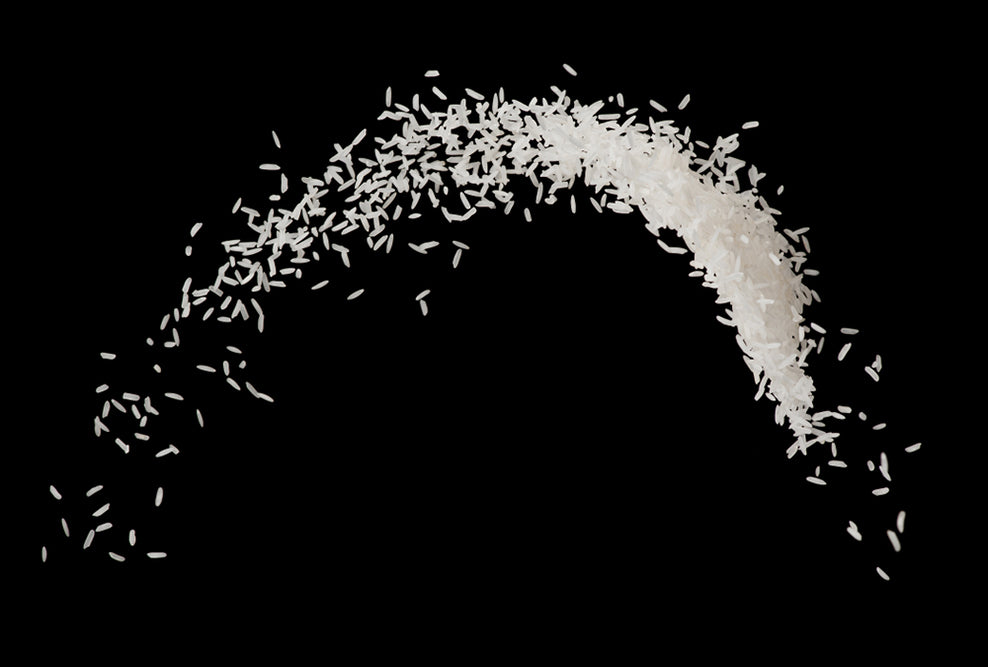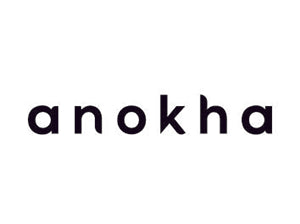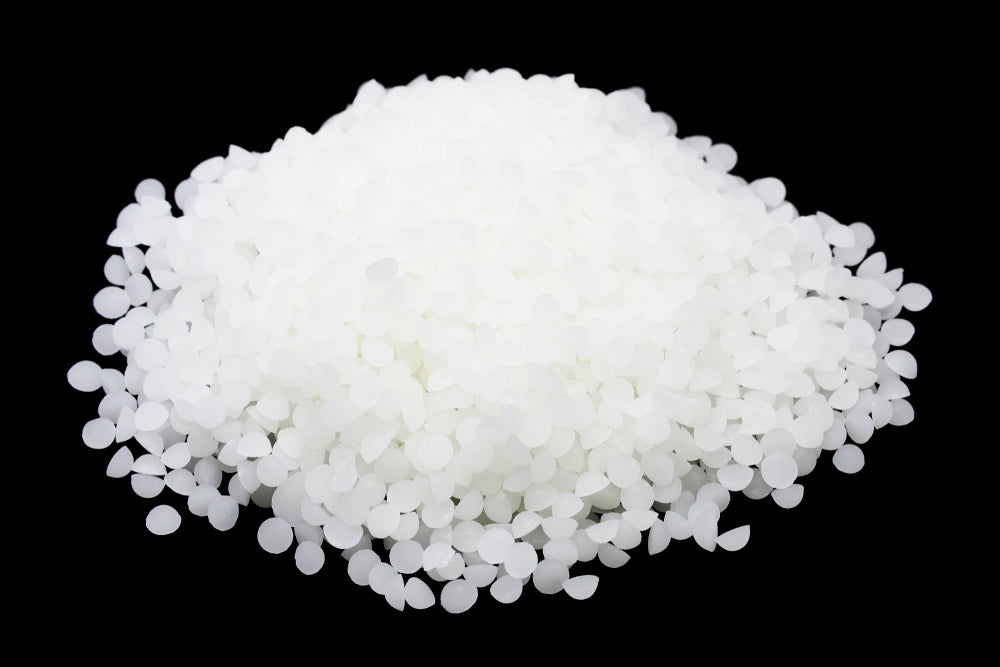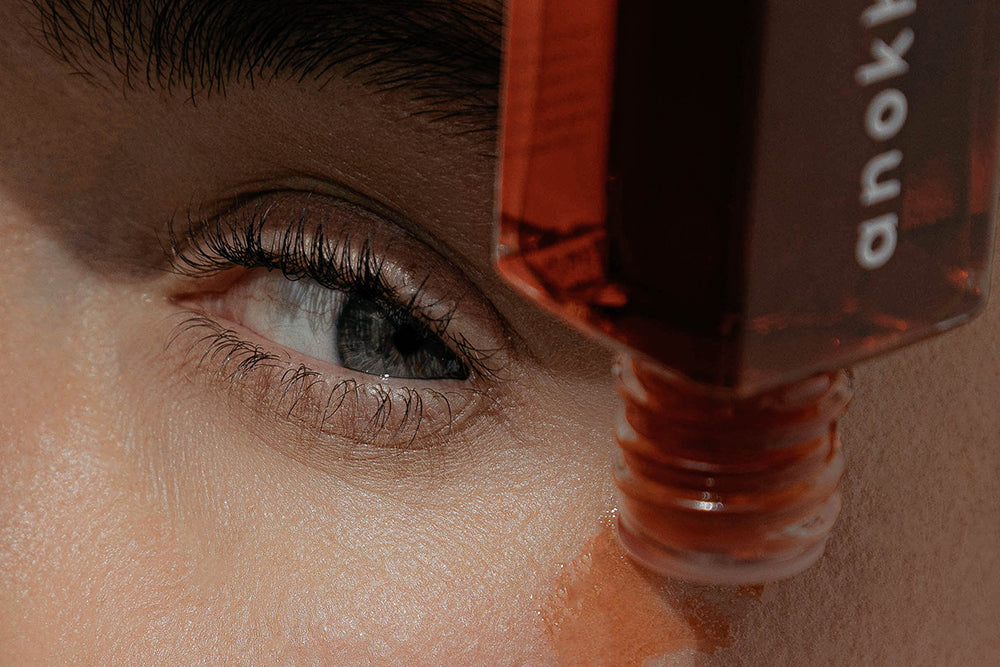
ingredient focus: rice

the bottom line
In addition to being a universal food staple and symbol of fertility, rice is a key player in the beauty world. Rice powder is an excellent exfoliant, and rice bran oil moisturizes and brightens the skin while delivering powerful antioxidants. Individual components of rice have been found to be antiaging, anti-inflammatory, brightening, photoprotective, and moisturizing. Read on for more about the many uses of this ubiquitous grain.
first layer: the history
The physical and etymologic origins of rice have been debated for centuries. Wild rice is thought to have first appeared in Australia with domestication in ancient China 8000-13,000 years ago. From there, rice spread to Southeast Asia, India, and Nepal during the late 3rd millennium BC, to the Middle East by the 1st century AD, and eventually to Europe and the Americas through colonization. The word “rice” is derived from the Greek word oryza, and before that possibly from the Tamil word arisi.
Rice has a spiritual side, too. As a symbol of fertility, the use of rice is prominent during the wedding ceremonies of many cultures. In Nepal, the bride presents the groom with a plate of pounded rice. In southern India, the bride and groom are showered with rice coated in turmeric as a blessing for prosperity and spiritual well-being. In Indonesia, Thailand, India, and Cambodia, ritual offerings are made during the different stages of production to propitiate the rice goddess, Dewi Sri. Shrines with flowers and fruit can be found in the middle of many rice fields.
Because rice symbolizes both the generosity of the gods and abundance and wealth, it's believed to be an appropriate ritual offering. In Hindu worship, rice symbolizes steadfastness, dedication, and peace. Rice also plays a large role in Buddhist tradition and is offered daily to to Buddhist monks on their daily rounds. As such, it is both a donation and offering.
Rice has been used in skin and hair products for centuries, particularly in Japan. Rice water used by Japanese court women of the Heian period has been shown to increase hair elasticity and reduce surface friction. Elderly workers in a fermented rice wine (sake) brewery were noted to have wrinkle-free hands which was attributed to the ingredient Pitera. Rice washes have been used in Italy to lighten skin, and rice paste has been used in India to remove areas of pigmentation.
second layer: the science
There are several individual components of rice which contribute to its use in cosmetic products:
- phenolic compounds*: phenolic compounds with antioxidant activity have been shown to deliver antiaging benefits. Certain phenolic compounds, including ferulic and caffeic acid, show photoprotective qualities. Ferulic acid and p-coumaric acid inhibit melanin synthesis and therefore assist in skin brightening.
- betaine*: betaine has been shown to decrease melanogenesis, decrease skin irritation, and protect against ultraviolet (UV) exposure and senescence* of skin cells.
- squalene: rice bran oil contains squalene, which has emollient*, moisturizing, and antioxidant properties.
- tricin: tricin is a flavonoid with anti-inflammatory activity and is protective against photodamage.
- rice bran: rice bran found within the endosperm of raw rice is a source of phenolic compounds, betaine, and squalene. Rice bran exhibits antioxidant as well as photoprotective and antiaging properties.
third layer: skincare
Rice products have been used for a number of cosmetic concerns in skincare:
- photoprotection: as noted, the phenolic compounds, betaine, tricin, and rice bran found within rice have shown some level of protection against UV rays. Although rice is not approved as a sunscreen ingredient in the US, it is an ingredient which merits further research.
- skin brightening: there is strong anecdotal use of rice for skin brightening, and the science behind this ingredient supports that use with the presence of phenolic compounds and betaine which inhibit melanin synthesis.
- moisturization: the squalene within rice makes it a useful addition to emollient and hydrating skin care products.
- antiaging: an increase in collagen synthesis following treatment of UV-irradiated fibroblasts with fermented rice bran extracts has been demonstrated. The phenolic compounds and betaine within rice also contribute to its use as an antiaging ingredient.
- anti-inflammatory: phenolic compounds as well as tricin and rice bran itself contribute to the anti-inflammatory and antioxidant activity of rice.
- atopic dermatitis: several studies have been performed on patients with atopic dermatitis in which fermented rice bran extract and rice bran broth baths were found to be beneficial in repairing the skin barrier* and relieving the symptoms of atopic dermatitis. The squalene within rice has also been used in the treatment of acne*, psoriasis*, atopic dermatitis*, and seborrheic dermatitis*.
fourth layer: how we do it
Rice bran oil is a key component of our rice bran & pomegranate facial cleansing oil, a replenishing cleansing oil with rice bran, pomegranate, and castor seed oils to remove makeup, sunscreen, sebum and sweat.
Dropping in 2023: anokha man, which includes our rice & hinoki facial cleanser, with rice milk, bamboo water, and coconut milk to gently lift sebum while maintaining the skin’s natural moisture; and sake & sandalwood facial lotion, with sake (fermented rice wine), sandalwood, rice bran oil, and gotu kola to provide protective antioxidants and hydration to the skin.
All this and more at www.anokhaskincare.com .
xx
anokha
references:
- Janes D, Kocevar Glavac N. “Rice”, in Modern Cosmetics. 2018. Velenje, Slovenia: Sirimo dobro besedo, d.o.o., pp. 94-96.
- Zamil DH, Khan RM, Braun TL, Nawas ZY. Dermatological uses of rice products: Trend or true? J Cosmet Dermatol 2022; 00: 1-5. doi: 10.11/jocd.15099
- https://www.wikipedia.org
- khandro.net/nature_plants_rice.htm
- Mire A. “Skin trade”: genealogy of anti-aging “whiteness therapy” in colonial medicine. Med Stud 2014; 4(1): 119-129.
- Inamasu S, Ikuyama R, Fujisaki Y, Sugimoto KI. Abstracts: the effect of rinse water obtained from the washing of rice (YU-SU-RU) as a hair treatment. Int J Cosmet Sci 2010; 32(5): 392-393.
- Seo YK, Jung SH, Song KY, Park JK, Park CS. Anti-photoaging effect of fermented rice bran extract on UV-induced normal skin fibroblasts. Eur Food Res Technol 2010; 231(2): 163-169.
- Fujiwaki T, Furusho K. The effects of rice bran broth bathing in patients with atopic dermatitis. Acta Paediatr Jpn 1992; 34(5): 505-510.
- De Paepe K, Hachem JP, Vanpee E, Roseeuw D, Rogiers V. Effect of rice starch as a bath additive on the barrier function of healthy but SLS-damaged skin and skin of atopic patients. Acta Derm Venereol 2002; 82(3): 184-186.
definitions:
acne: acne is a skin disease that arises secondary to the combination of four factors: increased sebum production secondary to increased androgen production; abnormal keratinization within the follicles with resulting obstruction; proliferation of Propionibacterium acnes; and inflammation.
antioxidant: an antioxidant is a compound that inhibits oxidation. free radicals create oxidative stress and an inflammatory response which in turn can damage DNA and result in injury to the epidermal and dermal layers of the skin. in the skin, this manifests as premature aging with decreased elasticity leading to increased wrinkling, age spots, and decreased skin tone. antioxidants stabilize free radicals, which in turn limits their ability to damage the body. some of our favorite ingredients are notable for their antioxidant effects, including elderberry, plum, and lychee.
atopic dermatitis: a type of eczema remarkable for red, flaky, itchy skin, typically affecting the inner elbows and behind the knees. it's often seen in conjunction with allergic rhinitis, hay fever, and asthma.
betaine: also known as trimethylglycine, betaine is a humectant found naturally within the human body. in facial products, it can help to reduce the appearance of fine lines and wrinkles. at higher concentrations, it can also help to brighten skin.
emollient: a substance that softens or soothes the skin
flavonoid: flavonoids are a diverse group of plant chemicals, or phytonutrients, found in almost all fruits and vegetables. like carotenoids, they help to give fruits and vegetables their vivid hues. flavonoids are powerful antioxidants that fight inflammation and help to support the immune system.
phenolic compounds: phenolic compounds are a group of metabolites derived from the secondary pathways of plants.
psoriasis: psoriasis is a skin disease characterized by a rash with itchy and scaly patches, typically found on the knees, elbows, trunk, and scalp.
seborrheic dermatitis: also known as dandruff, seborrheic dermatitis is an inflammatory, hyperproliferative skin condition marked by red, flaky skin on the sebaceous areas of the face, scalp, and trunk.
senescence: the process of deterioration with age.
skin barrier: the skin barrier protects against external agents including mechanical and chemical insults, heat, pathogens, water, and radiation.
for more beauty definitions, explore the glossary.
faq’s:
what is rice bran oil?
the oil derived from rice bran is a moisturizer which helps to brighten the skin and contains antioxidants.
what are some rice bran oil benefits for skin?
rice bran oil exhibits antioxidant as well as photoprotective and antiaging properties.
can rice bran oil be used as a face cleanser for oily skin?
yes, rice bran oil can be used in facial cleansing oils. we’ve incorporated it into our rice bran & pomegranate facial cleansing oil. it is useful for both oily and dry skin types as it helps to balance the skin’s natural oils.



leave us a comment
This site is protected by hCaptcha and the hCaptcha Privacy Policy and Terms of Service apply.